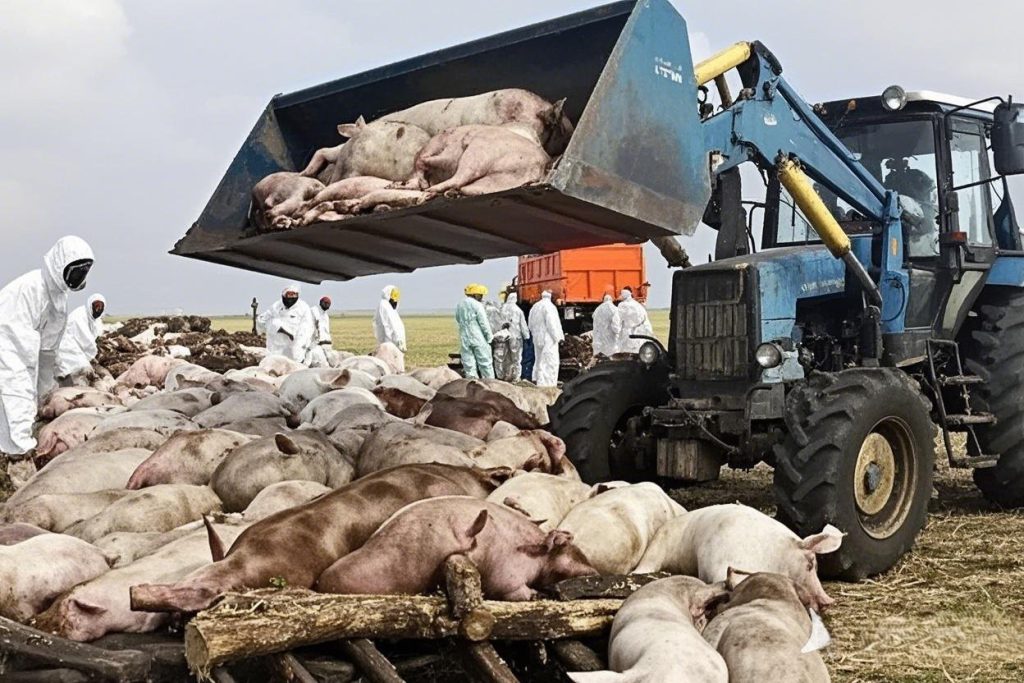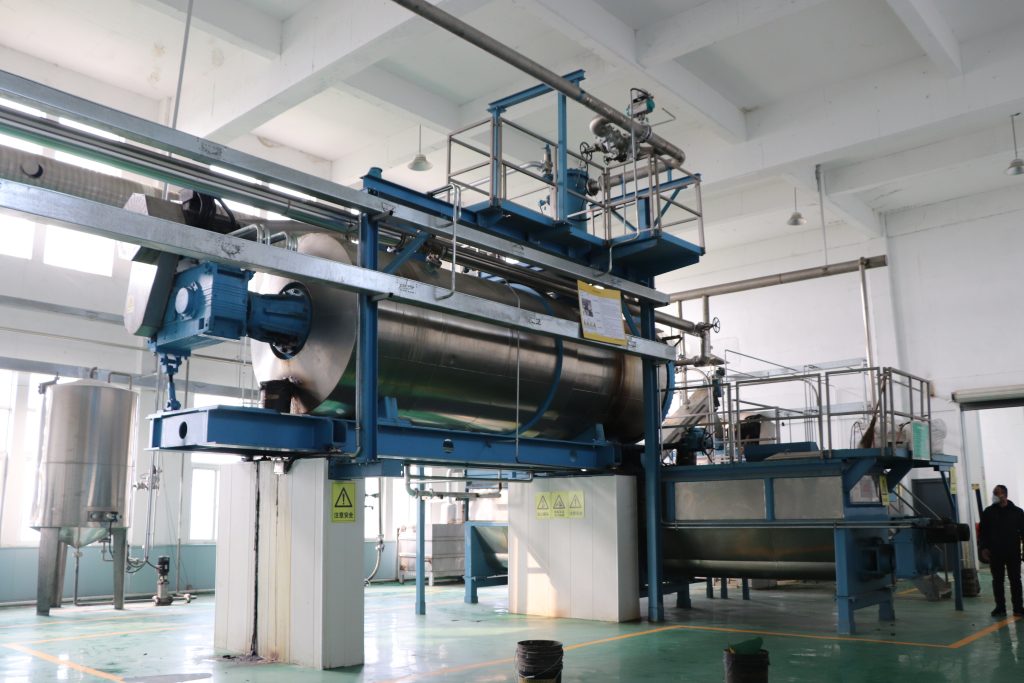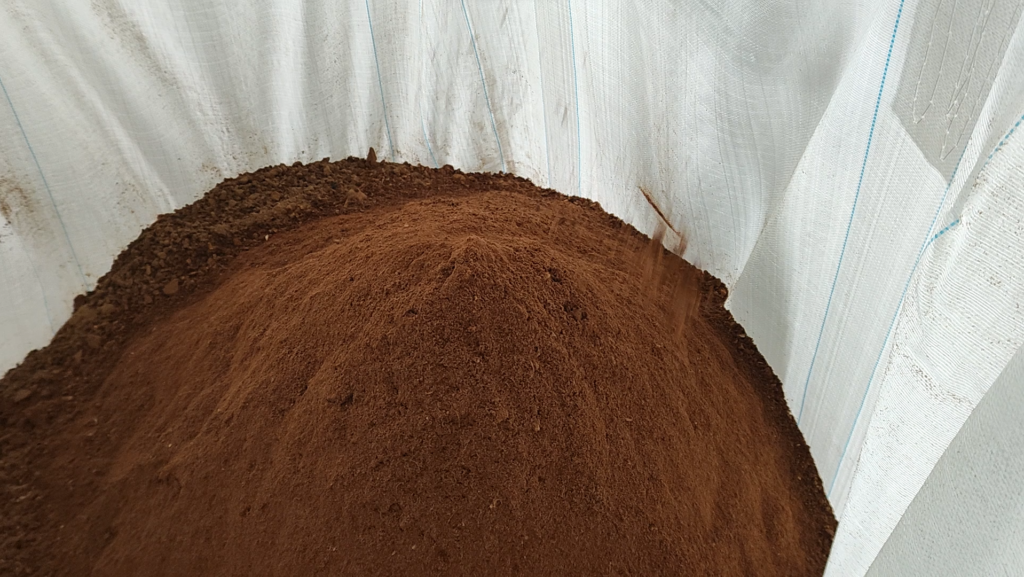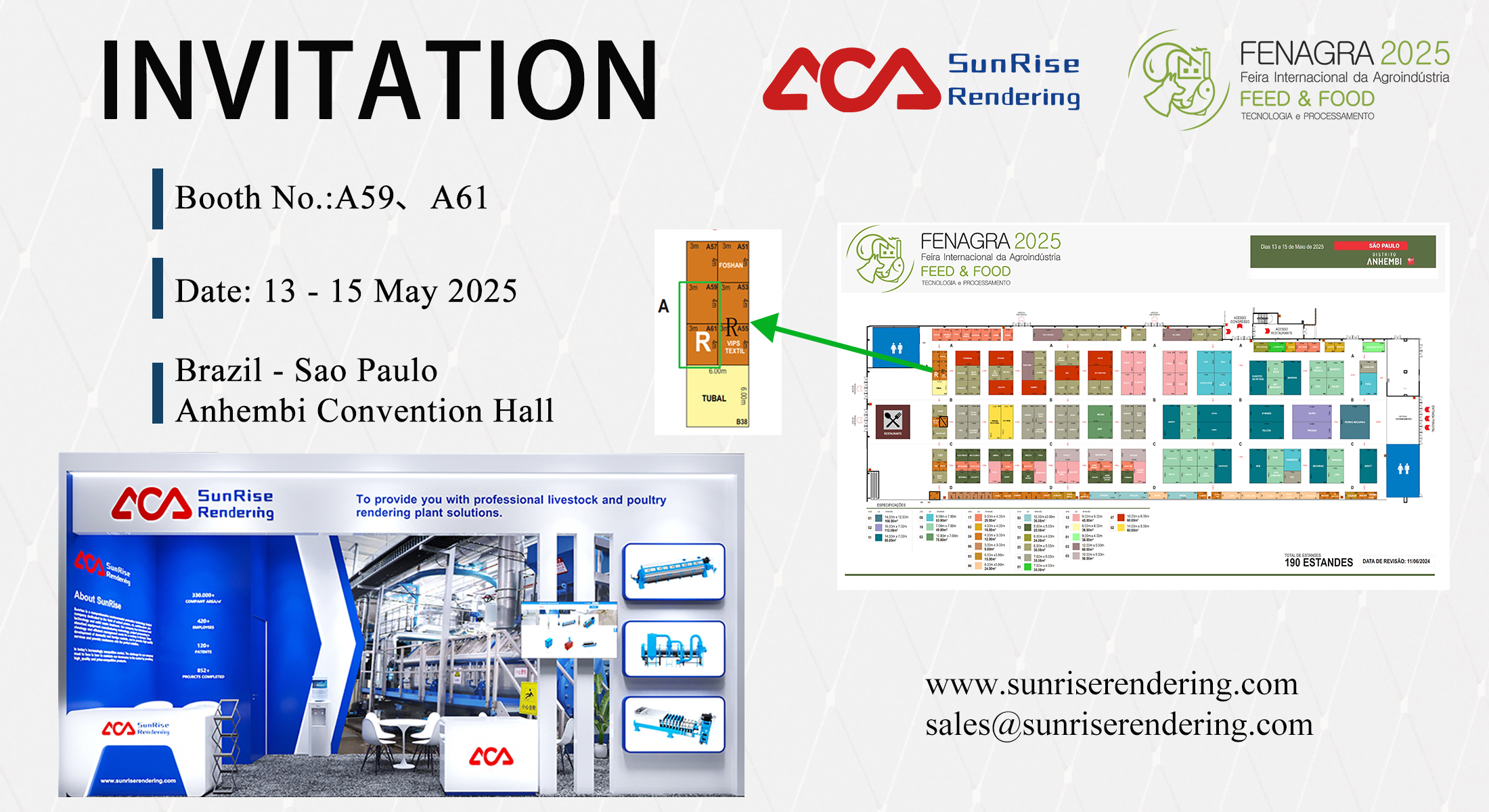
What is harmless treatment of sick and dead animals and poultry(rendering plant)
What is harmless treatment of sick and dead animals and poultry(rendering plant) A Key Initiative to Protect the Ecological Environment and Food Safety.
DESCRIPTION: The environmentally sound treatment of sick and dead animals and poultry is an important measure to ensure food safety and environmental health. This paper provides insights into the importance of this process, the methods of implementation and its positive impact on ecology and public health.

Main article:
The importance of harmless treatment of sick and dead livestock and poultry(rendering plant)
Harmless treatment of sick and dead livestock and poultry refers to the scientific and standardized treatment of livestock and poultry carcasses that die of disease or other reasons, so as to avoid potential threats to the environment, ecosystems and human health. With the rapid development of modern breeding industry, the number of sick and dead livestock and poultry is increasing, how to safely and effectively deal with these carcasses has become a major issue to be solved.
Sunrise rendering plant equipment and solutions combine scientific methods with technological automation to safely, efficiently and automatically process dead and diseased animal carcasses, destroying pathogens and preventing contamination from decaying carcasses.



1. The urgency of the treatment of sick and dead livestock and poultry
Livestock and poultry farming is an important part of the modern agricultural economy, with the expansion of the scale of farming, the disposal of sick and dead livestock and poultry has gradually become prominent. Livestock and poultry in the process of disease and death, may carry a variety of pathogenic bacteria, viruses and parasites, if the carcasses are not handled in a timely manner, it is very easy to become a source of disease transmission. Particularly during major animal epidemics such as avian influenza and foot-and-mouth disease, improper handling of sick and dead animals may aggravate the spread of the epidemic and even jeopardize public health and safety.
From the perspective of environmental protection, the carcasses of sick and dead animals and poultry, if casually discarded or improperly handled, are prone to decay and decomposition, releasing hazardous substances that pollute the soil, water sources and air, and causing long-term impacts on the ecological environment. Therefore, the harmless disposal (rendering plant)of sick and dead livestock and poultry is not only related to food safety, but also to environmental protection and public health.
2. The core objective of environmentally sound treatment (rendering plant)
Harmless treatment of sick and dead livestock and poultry is, in short, the complete removal of harmful components from livestock and poultry carcasses through a series of scientific methods to ensure that they do not cause harm to the environment and human health. Its core objectives are mainly the following:
Eliminate the source of disease: through high temperature, chemical and other means, completely destroy pathogenic bacteria, viruses and other disease-causing factors in the bodies of diseased and dead livestock and poultry, and prevent them from spreading to other animals or human beings.
Prevention of pollution: the treated livestock and poultry carcasses will not pollute the soil, water, air and other environmental elements to ensure the health of the ecological environment.
Resource utilization: under the premise of meeting environmental protection requirements, part of the harmless treatment of livestock and poultry carcasses can be processed and converted into fertilizer, biodiesel and other resources to achieve recycling.
3. Harmless treatment (rendering plant) implementation methods
In order to ensure that dead and diseased livestock carcasses can be effectively and safely treated, the industry has developed a variety of technologies and equipment. The main harmless treatment methods include the following:
Incineration method: by burning the diseased and dead livestock and poultry at high temperatures, they are completely burned. This method can effectively eliminate pathogenic bacteria and avoid the pollution of the environment by diseased and dead animals. Incineration equipment is generally a special high-temperature incinerator, capable of reaching a temperature of more than 700 ℃, to ensure that the dead animals are completely destroyed.
Deep burial method: applicable to rural areas and some treatment facilities are not complete. Diseased and dead animals and poultry will be buried in a special deep burial pit, covered with a certain thickness of soil to prevent the leakage of disease sources. This method can easily lead to the pollution of groundwater sources in case of improper treatment, so the burial depth and regional selection need to be strictly controlled.
High-temperature and high-pressure steaming method: through the action of high temperature and high pressure, the carcasses of diseased and dead animals and poultry are quickly steamed. This method can effectively kill pathogens and convert the carcasses into raw materials that can be used for feed or fertilizer. The steaming method has been gradually popularized in the modern farming industry due to its high efficiency and environmental friendliness.
Chemical treatment method: Using strong oxidizers or disinfectants to treat sick and dead livestock and poultry can effectively kill viruses and bacteria. This method is commonly used in small-scale farms, but requires the use of compliant chemical reagents to avoid secondary pollution.
4. Challenges of environmentally sound treatment of sick and dead livestock and poultry (Livestock and poultry rendering plant)
Despite the continuous development of harmless treatment technologies for sick and dead livestock and poultry, there are still some challenges in actual operation:
High treatment costs: equipment for environmentally sound treatment technologies is expensive and requires regular maintenance and management. Especially in some smaller farms, it is difficult to afford the high equipment investment and operating costs.
Uneven level of technology and management: Although China has implemented harmless treatment of dead and diseased livestock and poultry in many regions, the technical level and management capacity of different regions are uneven. Some farms still lack standardized treatment processes, which may lead to the risk of improper treatment.
Insufficient public awareness: Some consumers have insufficient awareness of harmless treatment of dead and diseased livestock and poultry, believing that the disposal of dead and diseased animal carcasses is not safe and secure, causing unnecessary panic. Therefore, it is particularly important to raise the level of public awareness and popularize the knowledge of harmless disposal.
5. Government policies and support
In order to solve the difficulties in the harmless treatment of sick and dead livestock and poultry, the government has provided strong support in terms of policy and funding. The national agricultural department has issued relevant policies and regulations, requiring farms to establish a mechanism for the harmless treatment of sick and dead livestock and poultry, and imposing strict penalties for improper treatment. The Government has also helped farmers and treatment enterprises to reduce costs and promote the popularization and application of environmentally sound treatment technologies through subsidies and loans.
Through these measures, the environmentally sound treatment of sick and dead livestock and poultry has been gradually standardized, providing a strong safeguard for the protection of public food safety and ecological health.



